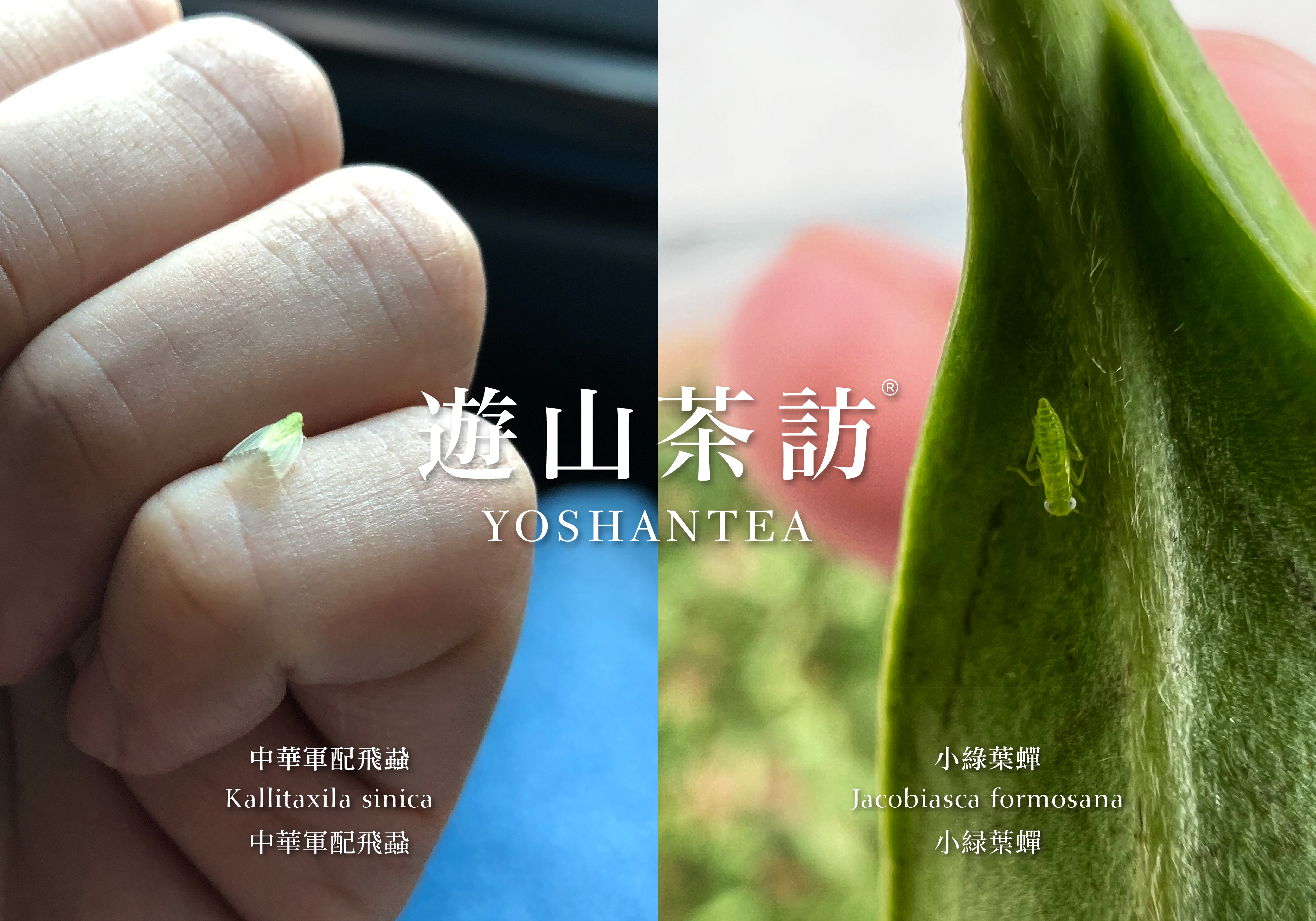Hello everyone,
This is Andy, your fellow tea enthusiast.
The tea green leafhopper (Jacobiasca formosana) is a common pest found in tea gardens.
While its feeding activity contributes to the unique honey fragrance in some teas,
an excessive infestation can reduce yields and even kill tea plants.
Because tea green leafhoppers are extremely small (about 3–4 mm), they're hard to spot.
So if you clearly see a "leafhopper" in the tea field,
it's probably not Jacobiasca formosana,
but the Kallitaxila sinica instead.
Kallitaxila sinica is much larger (about 7–10 mm),
with an appearance reminiscent of a stealth fighter jet (like the F-117 Nighthawk).
However, its impact on tea plants is minor, and it's not considered a major pest.
Here’s a comparison chart to help you identify them more easily:
| Item | Kallitaxila sinica (Chinese Lantern Bug) | Jacobiasca formosana (Tea Green Leafhopper) |
|---|---|---|
| Common Name | Chinese Lantern Bug | Tea Green Leafhopper, Small Green Leafhopper |
| Scientific Name | Kallitaxila sinica | Jacobiasca formosana |
| Family | Tropiduchidae (Lantern Bugs) | Cicadellidae (Leafhoppers) |
| Superfamily | Fulgoroidea | Membracoidea |
| Suborder | Auchenorrhyncha | Auchenorrhyncha |
| Body Length | Approx. 7–10 mm | Approx. 3–4 mm |
| Body Shape | Flat and wide, leaf-like with strong camouflage | Slender and streamlined, small and agile |
| Wing Appearance | Broad like a fan, covering body sides at rest | Narrow and close to body, aligned with body axis |
| Coloration | Green to light yellow-green, mimics leaves well | Bright green with slight translucence |
| Movement | Short-range flights, relatively slow | Mainly jumps, very quick and responsive |
| Habitat | Forest edges, fruit trees, underside of tea leaves | Young tea leaves and stems in plantations |
| Damage Level | Minor, not considered a major pest | Major tea pest with significant economic impact |
| Mode of Damage | Feeds on plant sap, may cause localized yellowing | Feeds on young leaf sap, causes leaf curling and honey aroma |
| Ecological Role | Camouflage insect, useful for observation and education | Pest indicator, influences tea quality and yield |
So next time you spot a large, slow-moving “leafhopper” in the tea garden,
don’t panic—it’s probably just a harmless Kallitaxila sinica!
Hope you found this helpful.
See you next time!
#yoshantea #taiwantea #dongdingtea #oolongtea #teafacotry #FSSC22000 #safetea #teapests #leafhopper #kallitaxilasinica #jacobiascaformosana #honeyaromatea #teagardenecology #teaknowledge
